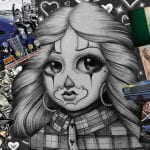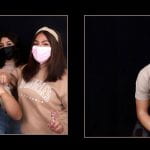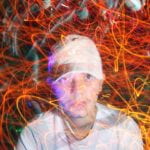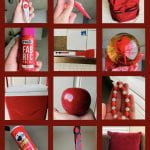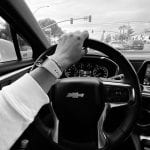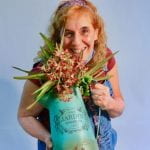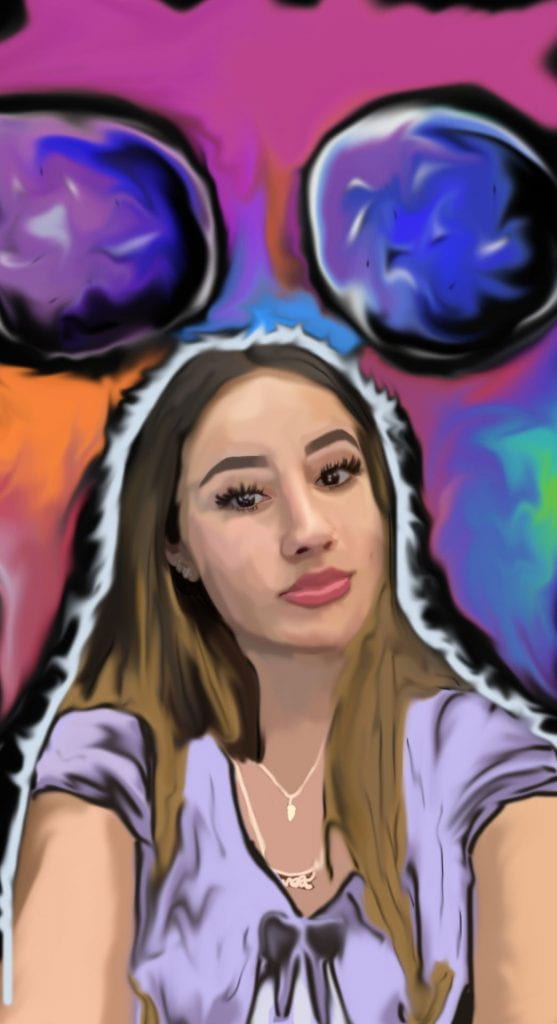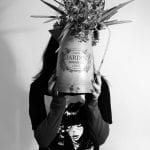ASSIGNMENTS
LIGHTROOM CLASSIC PORTFOLIO SLIDESHOW:
PRINT AN IMAGE IN WOOD

FUTURE REFLECTION

RE CREATE A PHOTO
DIGITAL COLLAGE BASED ON A THEME

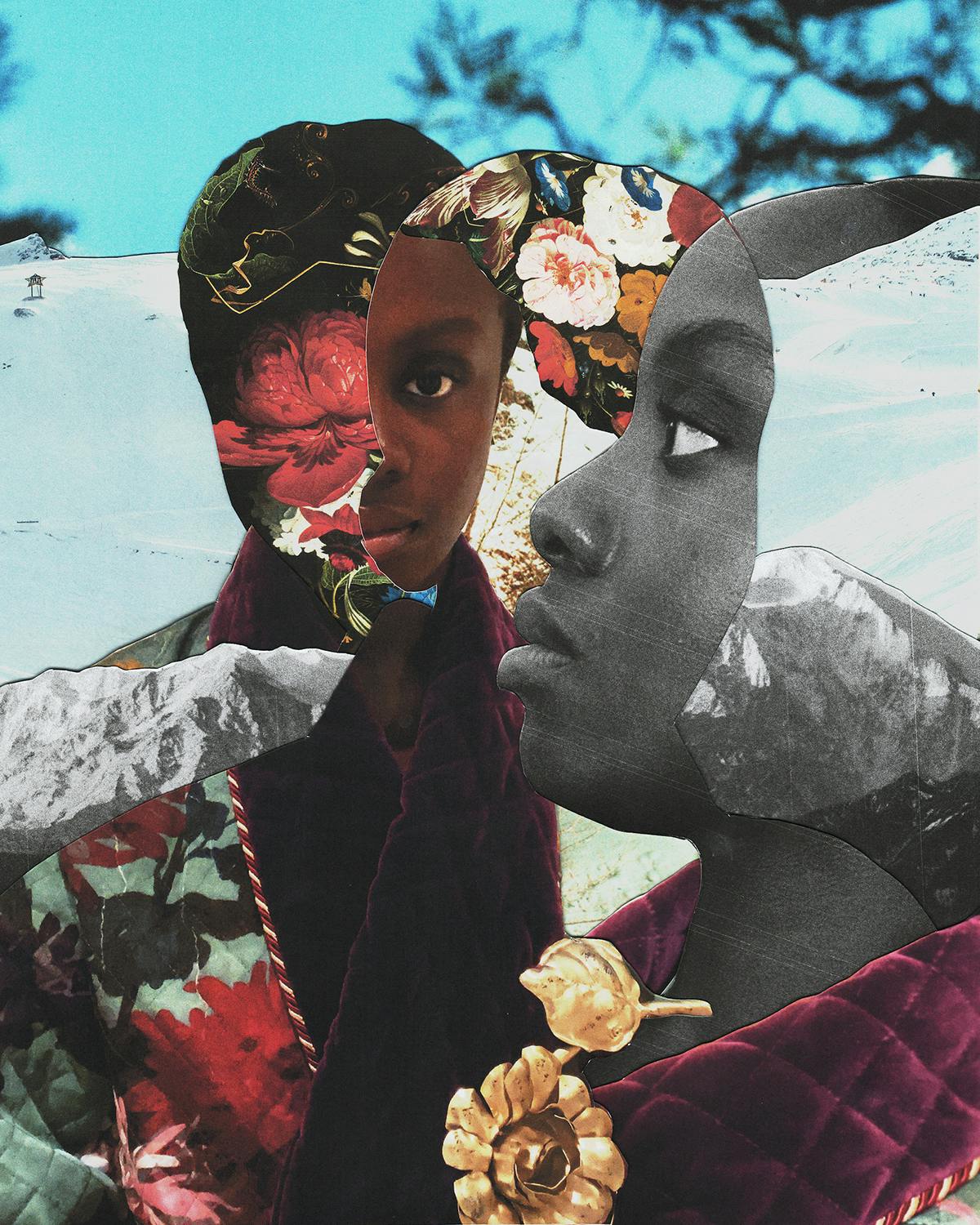
Jazz Grant’s college gives me back then vibes. It may look basic but there is more too it if you look at it closely. That is why I tried making mine out of my culture so it can fit the theme. She added hers with colors and in black and white, and its kind of similar to mine.
HEAD SHOTS FOR CHEERS











ALBUM COVERS


ME AND MYSELF




PICK-A-SOMETHING
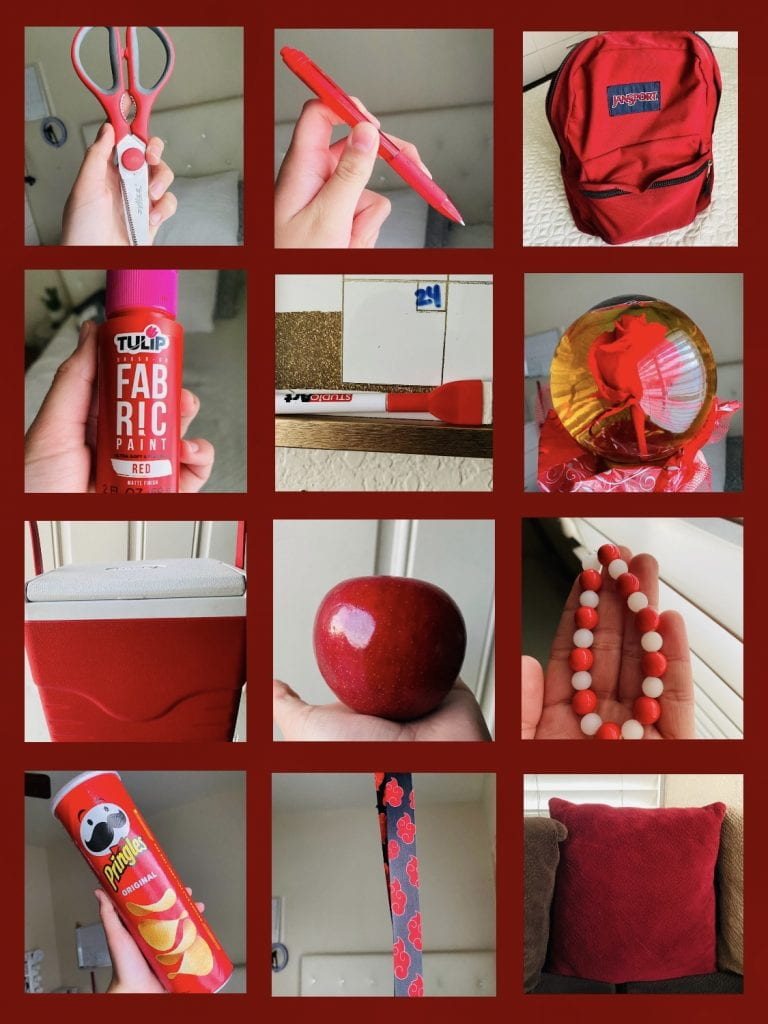
FASHION PHOTOGRAPHY

I really liked this one because it looks like she is somewhere that’s really cold and brightened up her face which looks like a smooth pale. It was also really cool that they added shadow half of her face and her eye is very eye catching.
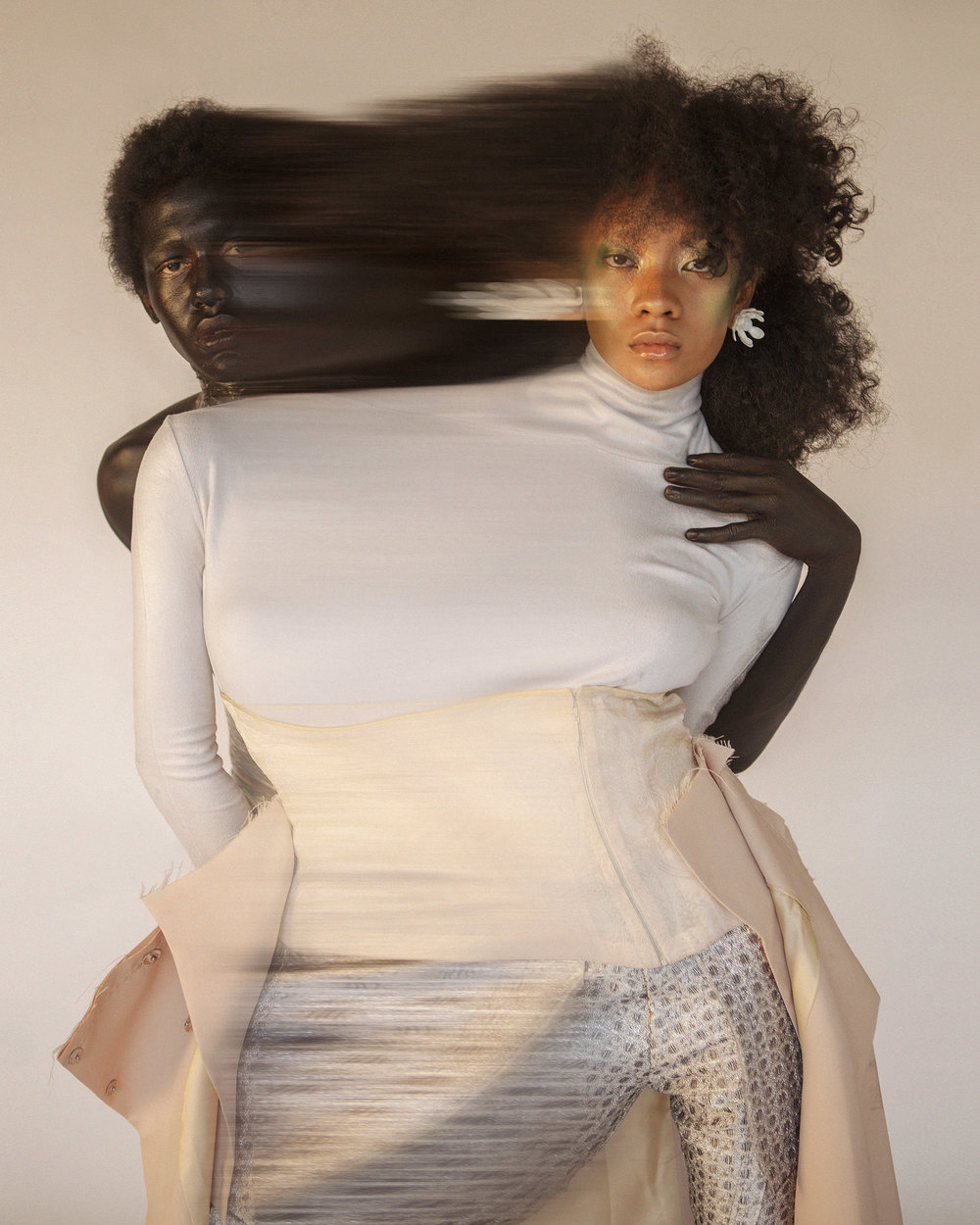
I liked this one because there is two people; and the photographer used a fast shutter speed to make it look like they were in one body. The effect they caught was very unique and just looks cool overall.

I liked this photograph because the background is filled with the frame. It really does give commercial vibes that you would see on video. Her pose looked comfortable and refreshing that it caught the skirts little flow and the wind blowing on her side face which makes her hair flow a little.




Poetry and Your Photography:

1.I chose these words to go with my image because the image is a hand shape heart. 2.I think the audience will think that love is happiness and precious, so that is why you have to be patient for love to come to you, and don’t spread hate. It is like that one memo that goes “what you give you will receive in return”, or “treat others on how you want them to treat you”.
Magazine Cover:

YOUR ARTIST STATEMENT

GEORGIA O’KEEFE ILLUSTRATION

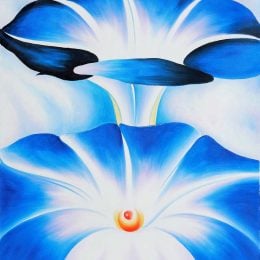
This is my favorite Georgia O’keefe because this has multiple colors to this. I know it may seem like it only has 3 or 4 colors but it has more to it. Its crazy how she can make the flower look so real but yet paint looking. This has shadows to it, and I like how she didn’t really have to paint the middle part of the flower but more to the outer side. I also notice how the flowers are mostly close ups.
NATIONAL GEOGRAPHIC MAGAZINE COVER REVIEW

I liked this one because it’s showing her culture and it’s focused on her and a little bit of the background, which shows there’s more people like her.

This one is my favorite because her hands are out of the image an it’s unique out of the other geographic magazines. It shows her culture as well and she’s in focus.

This was also my favorite because it was underwater and it just looks creepy and cool. The background looks like a mushroom but yet a house.
In conclusion, I noticed that the magazine is yellow and has the same stroke, and font but inside the picture is just different.
SELF PORTRAIT ILLUSTRATION
- Creative
- Funny
- Organized
- Calm
- Caring
- Outgoing
- Smart
- Pretty
- Genuine
- Silly
SILHOUETTE STORY
ARTICLE READ AND WRITE
Silhouetting can be used to add glamour, intensity to may photographs like, still life’s, vacation pictures, and family pictures. This will bring in excitement and drama into the photograph. Silhouette is to be described well-defined, black shape that would stand out from the brightness and uncomplicated background. This is used to be a special effect gadgetry that is available to photographers. Mostly any pictures that is taken adds to the mood and strong image with sense of tranquility, danger or loneliness that compliments it. It’s good when a large subject with a shape is in the foreground, it is best avoided shooting normal exposures and will create a silhouette. The background must be brighter than the subject and there should be a shadow and that exposure will result in a lack, in a distinct form against a bright, crisp background. The surface cannot be relied upon to carry the picture, it is only the general shape of the subject that is going to stand out. It doesn’t matter if the subject’s eyes are closed or open. The lower angle will keep the horizon at bay and offer a greater expanse of background against which to frame the silhouette. We have to avoid cluttering the frame, don’t overlook the possibility of using another shape in the picture to compliment the main subject. Subject should be recognized and dominate the frame and should be contrast heavily with the background. It can be best to underexpose an additional one-half to one full stop if there is the opportunity to take more than one shot and bracket exposures. Camera should be manual mode, for bright background. In conclusion, this is what I learned about silhouetting photography, and to tell a story to it and set a mood.
CULTURAL IDENTITY PHOTOGRAPHS

This is apart of my culture because we go to cars shows once and a while and my dad owns a classic car which is this one.

This is as well apart of my culture because we wear these for celebration or parties.

My grandma, mom, tias, wear this when they cook, its either designed similar like this or same but different color.
CULTURAL PHOTOGRAPHY: READ AND RESPOND
What I’ve found most interesting about this article is that you can express your culture or other people’s culture through photography. When they ask us what we do, we say photography and they think it’s something simple and basic but to is much more to us and it’s something that defines us. Adam says he would usually say he does documentary photography, but it didn’t sit right for him. He then mentions that it was much more than that and he says, “I am personally fascinated by people’s points of view and try to express my projects from my point of view, not an objective one”. Once he figured that out it was much easier for him to express and show people what he does.
Culture is much more than that and isn’t just a main thing. Culture doesn’t mean just remote cultures, there is plenty in the cities, states, the whole world. There is a category called “cultural anthropology” which a study on social anthropology. Adam wasn’t doing only one category for photography; he combines aspects to each of them. Culture isn’t just a subject to him; it was understanding parts of the world around him. Apparently, the projects that were black and white reflected an aspect of the Japanese culture that would be embedded in the work.
Adam says that that is editorial suicide, and he doesn’t advise sticking to it. The culture isn’t limited to being photographed in color. It was a slow process for Adam to fully understand it, because he wanted to understand every little thing like him being an outsider. He says, “that most of Zen is not something that you see, but something that you feel”. Adam says, “experience first and photography second”, which I totally agree and makes sense it’s like saying “learn then live on”. In conclusion, that is what I liked understanding and having facts about culture photography.
EMOTION SERIES

READ AND WRITE: PHOTOJOURNALISM
Ron Haviv covered wars and unrest across five continents. His international assignment was the 1989 coup attempt in Panama. An hour or so when riots overload to push pass Capital Police and start ramming their way into the building. When people were inside, they didn’t know what to do, because there was no leader. Rioters were sprayed and flashed bombs. There was then a curfew involved in Washington, D.C. The photographers captured the event, mostly everything that was going on, the moment. Some pictures were good, and some were blurred but yet still good photos to be remembered in life history and has a story in each one of them. This event will be remembered because this is something big that has happened and people didn’t expect.
BODY, SHAPE, FORM TRIPTYCH

1. Eye-catching 2. Textured 3. Satisfying 4. Calming 5. Refreshing 6. Spicy 7. Detailed 8. Clean 9. Human 10. Deep
MULTIPLE EXPOSURE WITH FLASH AND SLOW SHUTTER SPEED
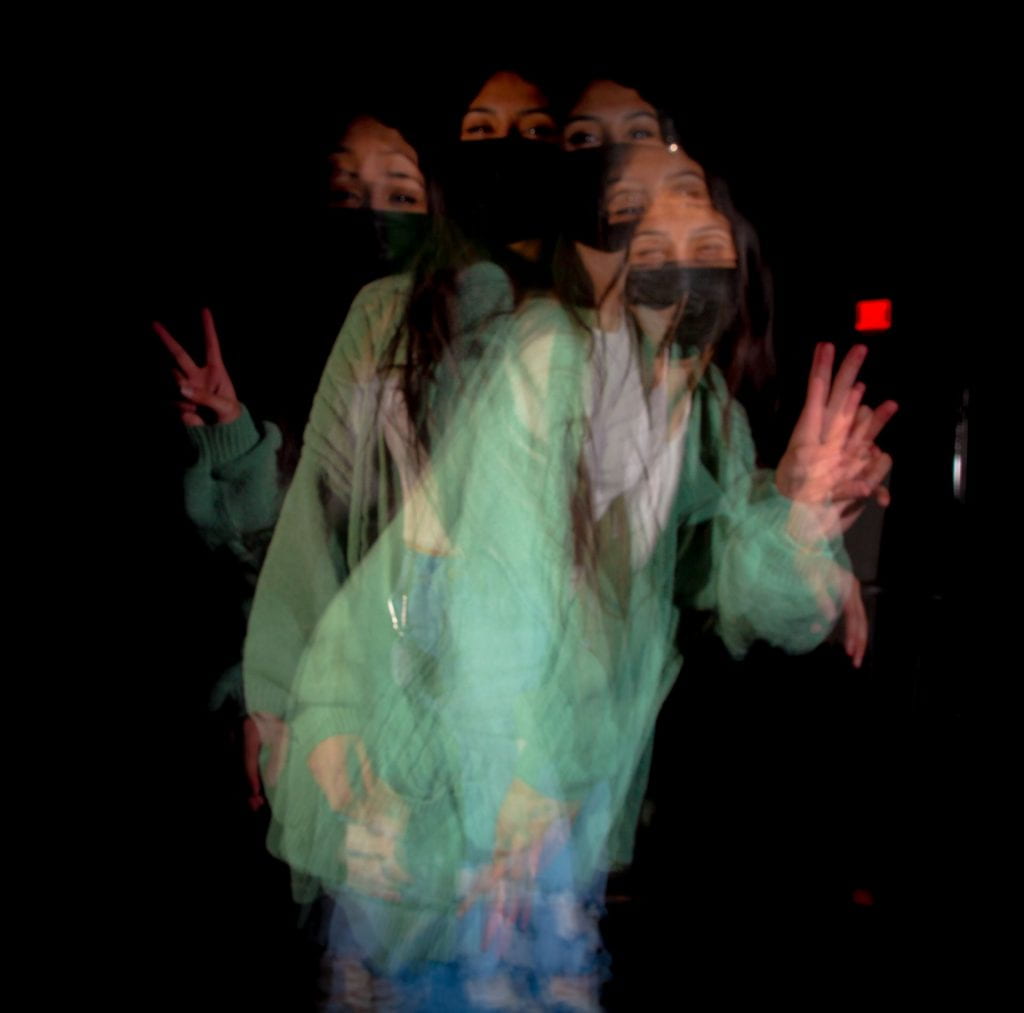

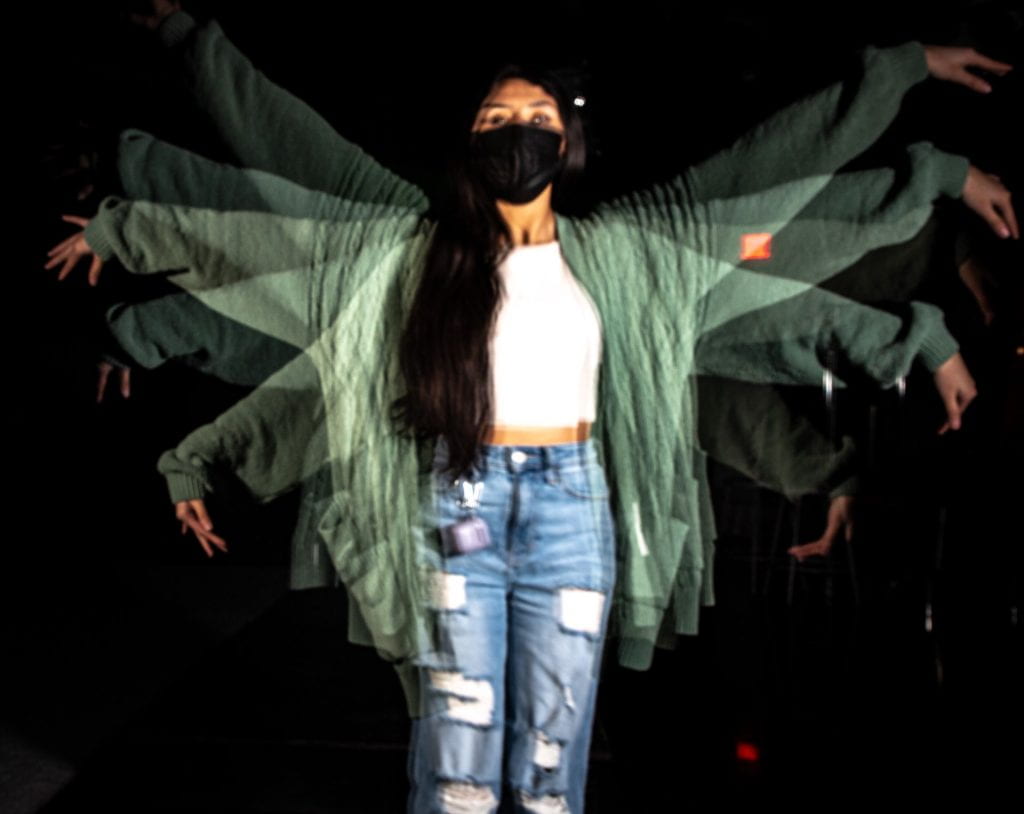 What I learned from these two articles is that, multiples were done with small flash unit during a single long camera exposure, but is also possible to take multiple exposures with some digital cameras. Lens open with bulb setting and use a dark cloth to make multiple exposures. You can take multiple-exposure images using a small flash. Camera cannot do everything you do. It doesn’t record what filters are on the lens or any lighting that goes off that’s light. Multiple exposures can be made with one or two electronic flash unit. Darken the room and position your subject against a black background. Each action requires a different camera technique. A ghost image appears as a blur when one image is recorded by the existing light and a second sharp image by the electronic flash. Flash photography, outdoors at night, can produce very underexposed photographs if not taken properly. To compensate for the light lost, you must open up your aperture when photographing objects at any distance. Close foreground details become very overexposed, and it is better to exclude them. Subjects such as these benefit by being isolated from the background, but you may get more interesting lighting by using the unit off camera on an extension cord. Do not allow the camera to see the flash unit during the open-flash exposures. Magazine, book, or newspaper or watch TV or see a movie, you are exposed to various composition and lighting techniques Experiment with different camera angles to create interesting perspectives of your center of interest. Available light or flash photography, notice what results the direction, intensity, and type of light have on your final product. Continual application and refinement of the principles of composition and lighting can greatly enhance the quality and aesthetic value of your photography. Find such reflective surfaces outside, so some light is lost. In conclusion, flash-to-camera distance is greater than the length of your extension cord, use the open-flash method and that is what I learned.
What I learned from these two articles is that, multiples were done with small flash unit during a single long camera exposure, but is also possible to take multiple exposures with some digital cameras. Lens open with bulb setting and use a dark cloth to make multiple exposures. You can take multiple-exposure images using a small flash. Camera cannot do everything you do. It doesn’t record what filters are on the lens or any lighting that goes off that’s light. Multiple exposures can be made with one or two electronic flash unit. Darken the room and position your subject against a black background. Each action requires a different camera technique. A ghost image appears as a blur when one image is recorded by the existing light and a second sharp image by the electronic flash. Flash photography, outdoors at night, can produce very underexposed photographs if not taken properly. To compensate for the light lost, you must open up your aperture when photographing objects at any distance. Close foreground details become very overexposed, and it is better to exclude them. Subjects such as these benefit by being isolated from the background, but you may get more interesting lighting by using the unit off camera on an extension cord. Do not allow the camera to see the flash unit during the open-flash exposures. Magazine, book, or newspaper or watch TV or see a movie, you are exposed to various composition and lighting techniques Experiment with different camera angles to create interesting perspectives of your center of interest. Available light or flash photography, notice what results the direction, intensity, and type of light have on your final product. Continual application and refinement of the principles of composition and lighting can greatly enhance the quality and aesthetic value of your photography. Find such reflective surfaces outside, so some light is lost. In conclusion, flash-to-camera distance is greater than the length of your extension cord, use the open-flash method and that is what I learned.
DIPTYCH IMAGE

LEVITATION SERIES


CREATE A WORK IN THE STYLE OF SANDY SKOGLUND

Sand Skoglund is a magnificent artist/photographer. This is new, something I haven’t seen before, and it looks like she edits her photos a lot. Most of them look like in movies that aren’t real, but yet real. It looks like she makes the background into one color so that the objects can stand out and changes it to a brighter color. It really catches the eye on what she wants us to look at. Most of these seem like things you would see in your dreams, very random. Oh, wow most of these that I am seeing is her actually creating the objects, not just editing it inside the photograph, that’s just amazing, wow.



I liked these three, I couldn’t choose one, but this would be called “Crow Nation”.
MOTION BLUR
- Coastal areas can be a landscape, and great place to capture motion blur.
- You can position a camera on or off the moving equipment to get different types of effects.
- If taking photos of bikes, try slow sync flash which will give the effect of movement while also capturing a split second in time.
- Many rides have both elements of movement and stationary components which can create a wonderful effect.
- The key in many places is to choose a shutter speed that is slow enough to get wing movement bust fast enough to keep the rest of the moving bird sharp.

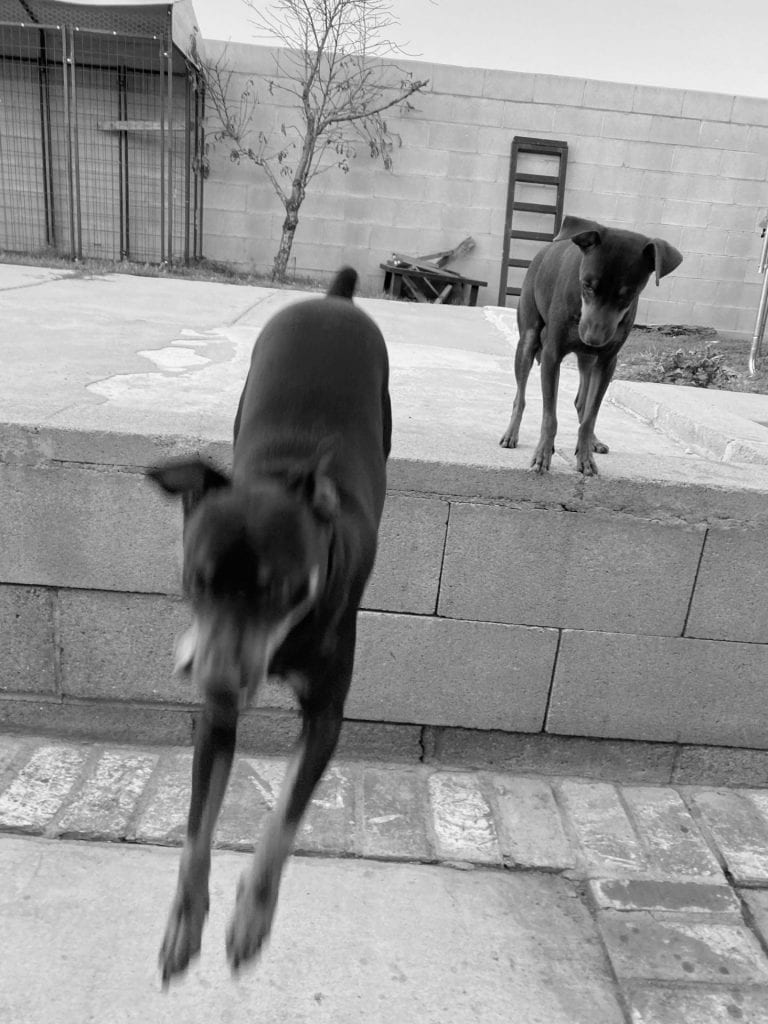
CREATE A WORK IN THE STYLE OF OF WASSILY KANDINSKY

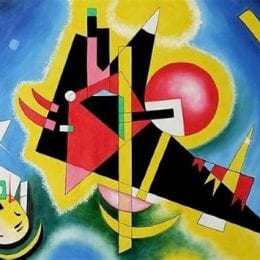
Wassily Kandinsky is a very unique artist. His work looks like paintings and some look like he done it on technology/computer/phone. If I were to do it, it wouldn’t look the same as his work. It is very colorful and textured. They have different shapes, colors going on. I feel like his work would get peoples attention for like 5min or so because there is a lot going on. In conclusion, this is how I feel and think about his work.
TED TALK: IMPOSSIBLE PHOTOGRAPHY
Erik Johansson is a young man sharing his photography. He explains when he started and how he started. He explains how he felt with photography. He wanted to create something different. He explained a photo of a construction and 3 other photos. He likes photos that are unrealism. He says its more about capturing an idea than capturing a moment. He says it creates delusion and it’s how we think looks realistic.
He sees what is a possible of reality and shows and example like log rectangles that looks dimensional. He explains how it tricks our brains and it’s the things we don’t even think about. Three simple rules to achieve unrealistic results is, combining can create something unique. You have to create the same possible light. The defects and editing you have to be creating hundreds of layers. Lots can be composed of different locations combined together, and it can be a lot of planning.
He shows an example of how many photos he has taken and it all comes with planning and sketch and combining. The result can be beautiful and quite realistic. He then says “All the tools that are out there and the only thing that can limit us is our imagination”. In conclusion, I like the way he thinks and the way he plans everything. These are photos that our brains never think about, which I think is pretty cool.
FILL FLASH OUTSIDE
Fill flash is used for shadowy areas in the foreground which don’t appear balanced and rarely look good. What we want is to remove shadows on people’s faces and subject, it adds an extra burst of light to balance out the light in your photo and make it more visually appealing. This can be used when there is a subject and the back is the sun. This is where the flash can come in handy and make, they’re face have like a glow. In conclusion, this is what fill flash outside is and why it is used on the subject and background.
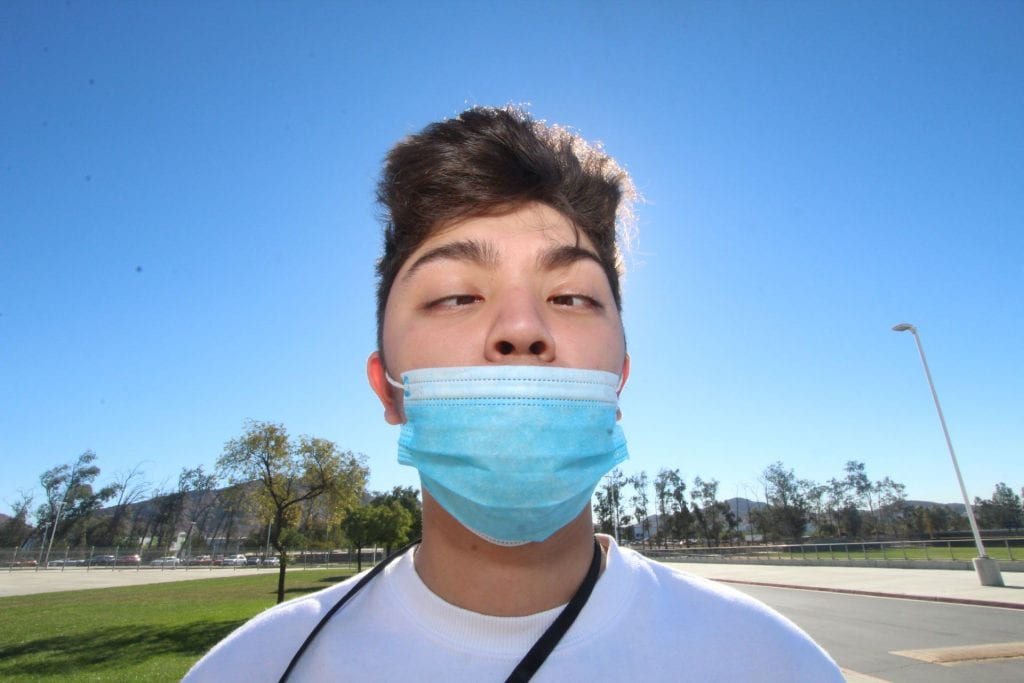
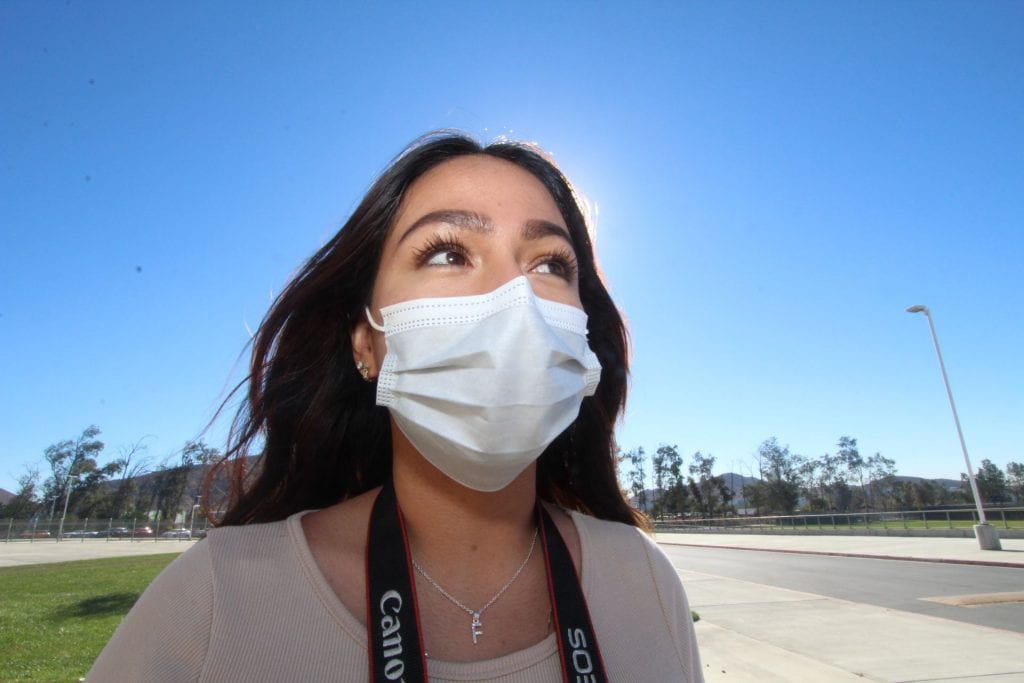
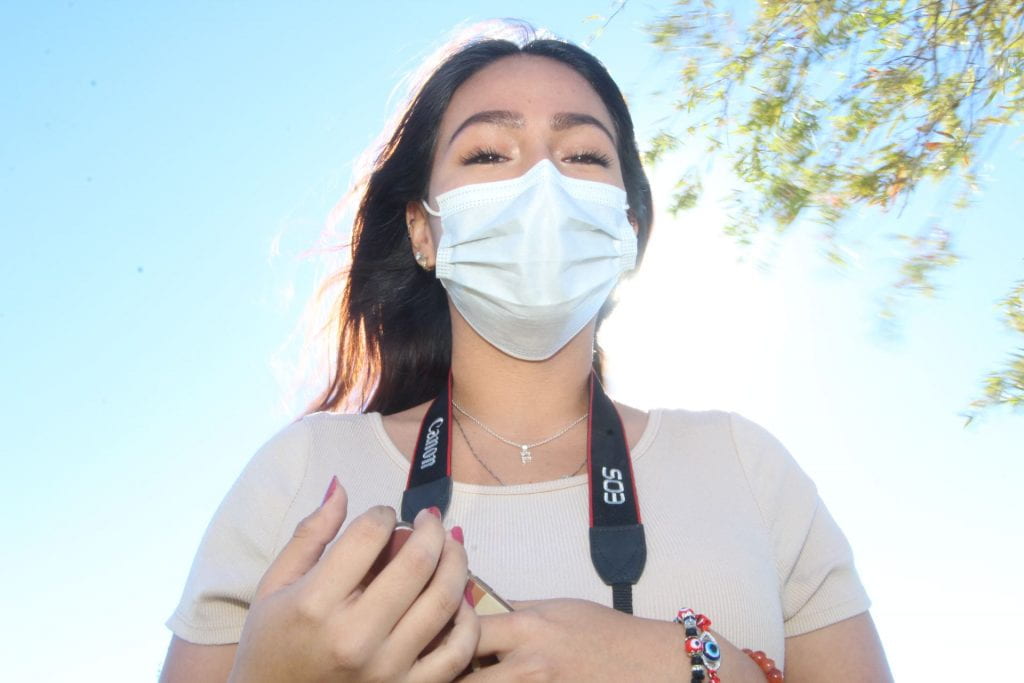
HDR PHOTOGRAPHY
HDR is a high dynamic range. It’s a range of light and dark tones in the photos. It can see details in both shadows an highlight. It may be difficult for cameras to catch the same amount of details because their ranges are slightly smaller. In order to use HDR camera setting is useful when you are having trouble balancing a photos light. Shooting this landscape can help show the detail of the sun hitting as well as where the shadows fall. Just avoid HDR when if you want to capture motion like sports. In conclusion, this is what HDR means and how you can achieve successful results.
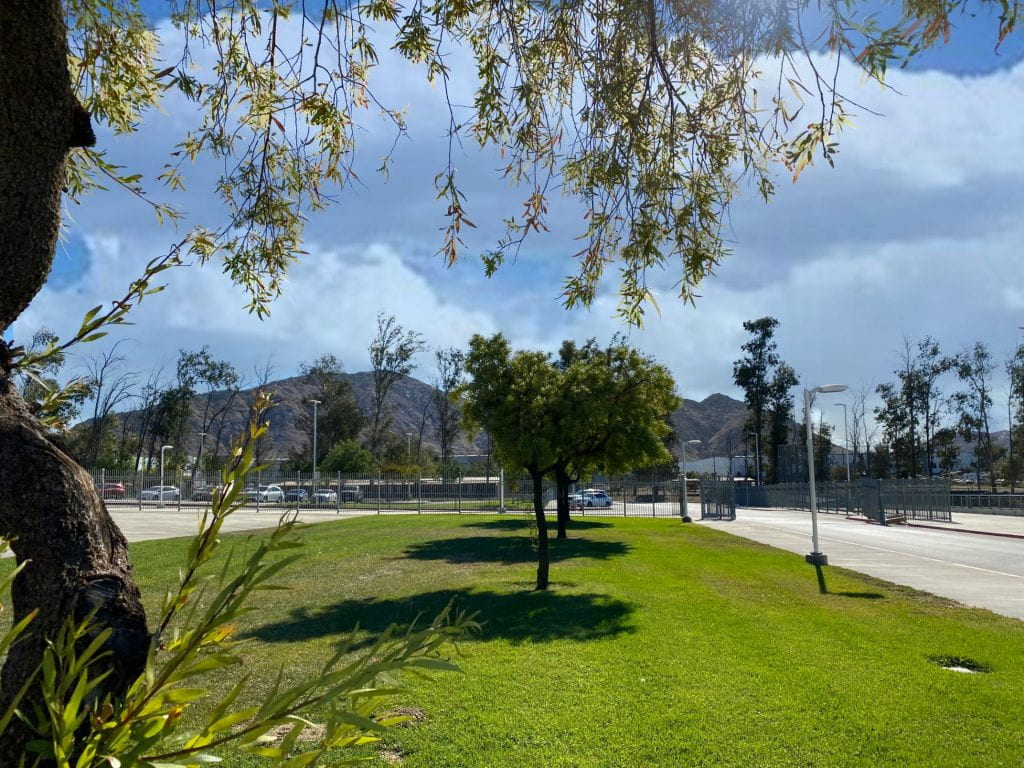
This is the photo I have taken with my phone in landscape. I know it is not exactly the same as the camera but it came out much more better in my opinion. The phone made my photo much more vibrant, it came out very textured. I use the Photoshop to add clouds and it looks like it was there before I took the picture but it wasn’t. It was a little struggle blending the clouds in but yet again easy. I think what I could’ve done is brighten the clouds more. The grass and trees are very bright green and the sky seems pretty dull. It seems better than the camera though because the camera seemed sad. On the top of the photo you can see the sun but it seems like its a little fog. Overall, I like how my landscape came out but I think I can do better next
LIGHT PAINTING PORTRAITS




BOOKFACE

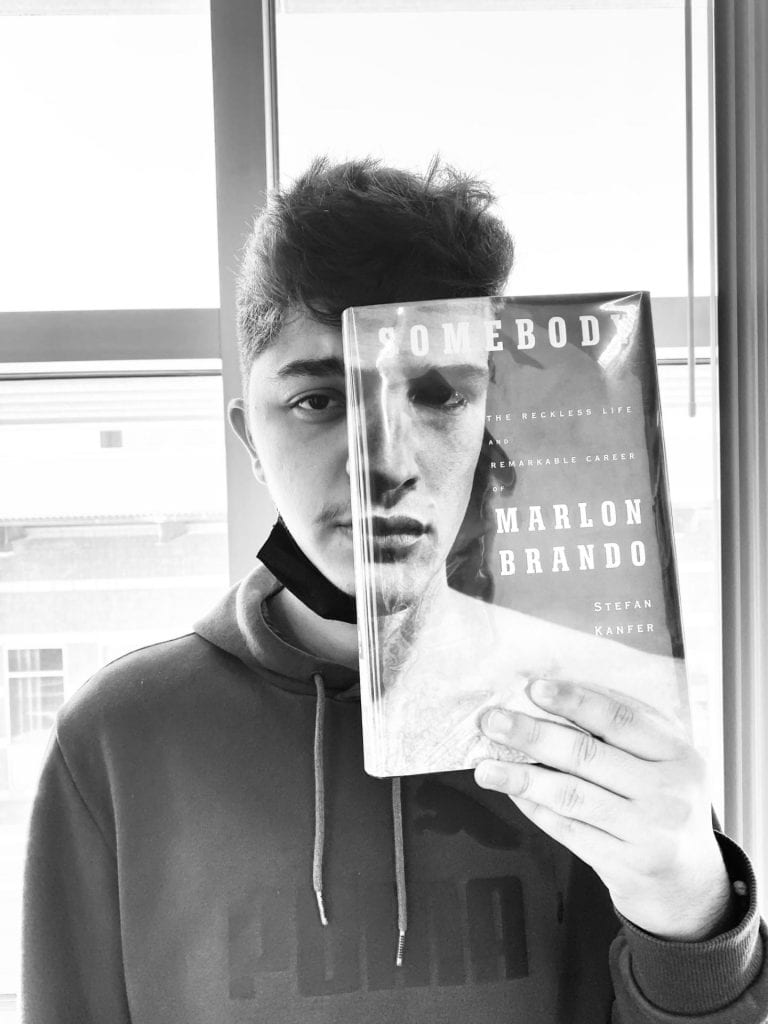
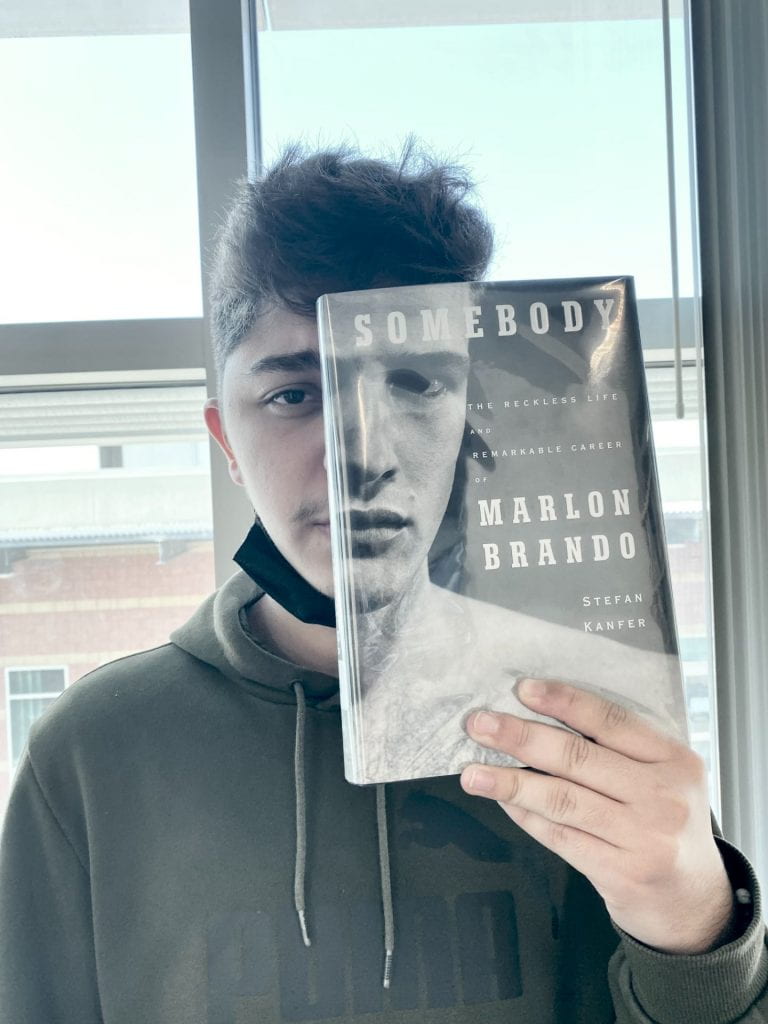
INDEED JOB SEARCH
Sports Photography- I do meet the qualifications, because I like watching sports and capturing the moment of them when they are in action. Especially taking the photo is rushing, with pressure but in a good way and I like that feeling. Restaurant Photographer- I’ve done a project on this and it was really interesting especially when we were trying to create our own business out of it. Since I have created a imaginary business out of it I can meet the expectations for it. Photographer for Rental Properties- This one is interesting because even though I am not old enough to get a house I really like looking at photos of houses and they look so texture taken. Say I would forget about my tripod it would be okay because my hands are really steady, that is something that I am as well good at. What I would need is obviously a camera, tripod, ring light, flash, camera bag, lens, card, and someone to be my partner.
3- NEW WORK SHOT AND EDITED WITH SMARTPHONE
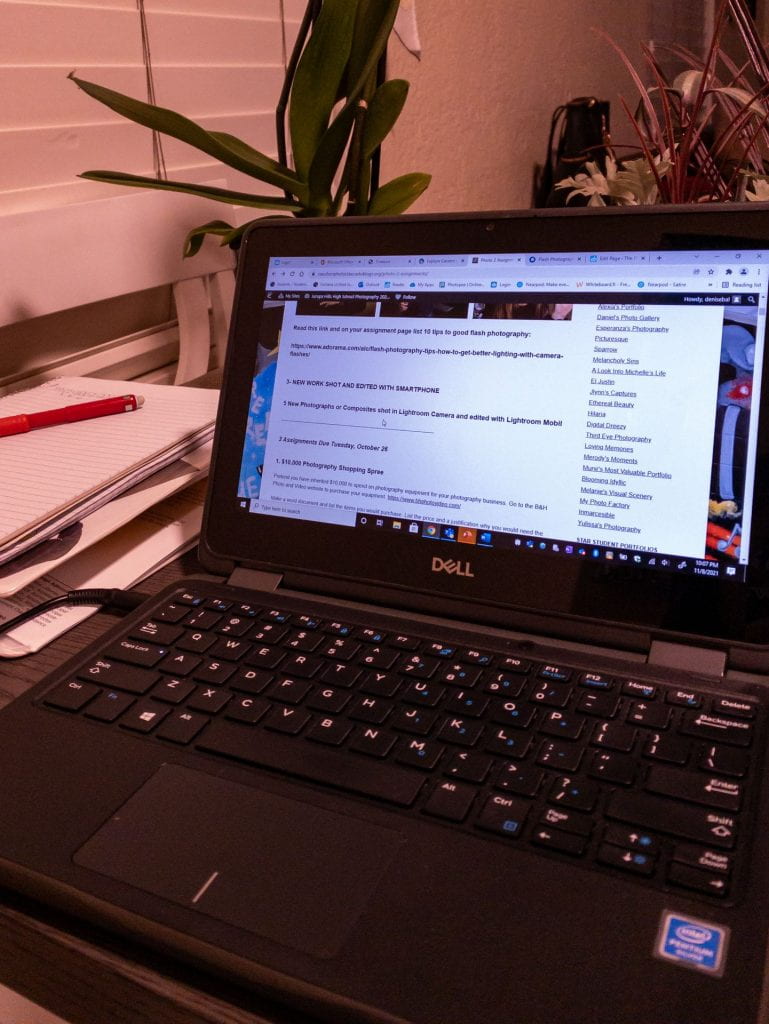




10 TIPS TO GOOD FLASH PHOTOGRAPHY
- Pointing a flash directly towards your subject is a no-no.
- Flat lighting and unsightly shadows in their photos and bounce the flash against another subject.
- Allowing the ambient light and the background to appear will add context to your subject and give your photo a sense of atmosphere.
- Flash gels can be attached to your flash to add a colored tint to the light that it emits.
- Without matching the light temperatures, the image will look unnatural and will become easy for viewers to tell that a flash was used.
- Such a thing as a maximum flash sync speed, which is the fastest shutter speed you can use that will remain in sync with the flash.
- Camera’s native sync speed doesn’t work well with the flash because the flash duration is shorter than fast shutter speed exposures.
- More three-dimensional light effect, you can use more than one flash to illuminate your subject.
- Use multiple lights to create shadows, highlights, and sometimes even rim lights on the subject.
- Three-point lighting setup, needs a key light to the subject and position close either side of the camera fill light facing your subject and positioned near the other side if the camera, and a backlight behind the subject to create subtle highlights and separate the subject from the background.
MY FAVORITE TEACHER



I chose these two teachers because they have a personality and express it unlike other teachers. For Mrs. Jho, she is one of my favorites because she makes sure we are professionals in the making, and that we are having fun while doing the work. She has a nice way in talking to us students and doesn’t let us down, even if we doubt ourselves, she lets us know that she’s here to help. I like being in her class, she makes us feel comfortable, and comfortable enough to as questions and ask for help. She is very kindhearted, she cares a lot, and I see as a cool person. She is as well a very hard-working person, she does things that isn’t a part of her job, but she does it for us; like staying longer in school to help us edit and let us finish our work. She also checks on her students that seem off to her, which is a great thing, this shows we need more teachers like her.
Now for Mrs. Cauchon she is a very funny and chill teacher. She helps her students and seems like she really enjoys her job, in expressing about photography and teaching students about it, she is very passionate. I feel comfortable being in Mrs. Cauchon’s class and I’m not too scared to ask her for help, because she wouldn’t seem like she is bothered by it. Cauchon is a very outgoing teacher, I like her vibe, and sometimes we would joke around which is nice to have now and then, instead of taking things too seriously. She makes sure her students done the work, because she doesn’t want our grade to go down; she cares for her students’ grades. There is at times where most students aren’t finished with the assignments and she would extend the due date, which is a good thing because most of us can be struggling at home, trying to finish other homework’s, or trying to study for tests. In conclusion, these are my two favorite teachers, and the reason why they are my favorite.
$10,000 Photography Shopping Spree
Canon EOS Rebel T7 DSLR Camera with 18-55mm Lens $449.99
- 24.1MP APS-C CMOS Sensor
- DIGIC 4+ Image Processor
- 3.0″ 920k-Dot LCD Monitor
- Full HD 1080/30p Video Recording
- 9-Point AF with Center Cross-Type Point
- ISO 100-6400, Up to 3 fps Shooting
- Built-In Wi-Fi with NFC
- Scene Intelligent Auto Mode
- Creative Filters and Creative Auto Modes
- EF-S 18-55mm f/3.5-5.6 IS II Lens
I would obviously need to buy a camera first in order to start taking photos.
Rokinon 24, 35, 50, 85mm T1.5 Cine DS Lens Bundle for Canon EF Mount $1,696
- 24, 35, 50, 85mm Cine-Style Lenses
- Canon EF Mount
- Covers Full-Frame Sensors
- T1.5 to T22 Exposure Range
- Multi-Layer Coating to Reduce Flare
- Dual Side Focus and T-Stop Scales
- De-Clicked Aperture Ring
- Manual Focus and Aperture
I want 3 more lenses so I can be a professional in the making.
Oben CTT-1000 Carbon Fiber Tabletop Tripod $99.95
- Load Capacity: 11 lb
- Maximum Height: 15.5″
- Minimum Height: 4.2″
- Folded Length: 10.4″
- Leg Sections: 3
- Weight: 0.98 lb
- 3-Section Extender Adds 12″ in Height
- Arca-Type Compatible Ball Head
- Independent Pan and Ball lock
- Includes Quick Release Plate
A tripod is so it can be still for me, and the pictures won’t come out bad.
Ruggard Journey 44 DSLR Shoulder Bag (Black) $54.95
- Holds Pro DSLR, up to 4 Lenses, Flash
- Front Zippered Pocket with Organizer
- Quick Release Buckle & Zipper Closure
- Four Padded Interior Dividers
- Exterior, Side Neoprene Pocket
- Accessory Strap on Side
- Padded Top Grab Handle
- Padded, Adjustable Shoulder Strap
- Rear Trolley Strap
- Water-Repellent Polyester & Nylon
I need a shoulder bag so I can carry my stuff around, so I won’t have to struggle.
SanDisk 128GB Extreme PRO CFexpress Card Type B $179.99
- 128GB Storage Capacity
- Max Read Speed: 1700 MB/s
- Max Write Speed: 1200 MB/s
- Records Raw 4K Video
I would need a card so I everything I take is going to be saved in the card.
Godox VING V860IIC TTL Li-Ion Flash Kit for Canon Cameras $179
- Built-In 2.4GHz X Wireless Radio System
- Compatible with Canon E-TTL / E-TTL II
- Guide Number: 197′ at ISO 100 and 200mm
- Zoom Range: 20-200mm (14mm with Panel)
- Tilts from -7 to 90°
- Rotates Left & Right 180°
- Wireless Master/Slave TTL Functionality
- Recycle Time: 1.5 Seconds at Full Power
- High-Speed, 1st and 2nd Curtain Sync
- Runs on Rechargeable Li-Ion Battery Pack
The flash would help me take pictures, with better lighting, and especially at night it would help a lot.
Bolt VM-160 LED Macro Ring Light $69.95
- Guide Number: 21′ / 6.4m at ISO 100
- Eighteen High-Output LEDs
- Six Levels of Brightness Adjustment
- Continuous Light & Flash Modes
- Left & Right Only Illumination Modes
- 1.6″ Backlit LCD Display
- Clear, Frosted, Blue & Amber Diffusers
- Eight Adapter Rings from 49-77mm
- Stand/Tripod Mount Included
- Runs on 4x AA Batteries
The ring light is way better than the flash one well that’s what I believe because you can move it around have the lighting in the certain spot you want it too.
Social and Political Issues in Art

I feel like this is a very strong topic to talk about because bullying can lead children or anybody really to hurting themselves or death. My arguments against this are very strong and we must stop bullying in this world. My family and friends have influenced in my decisions, I cherish them and love them, and do anything for them; for the people I love. People that care about other people are precious and we need more people in this world like that. People that would probably be against stop bullying are the bullies. They believe bullying isn’t real or they just do the things as a “joke”, they excuse themselves. I can not see their point of view what they say or do to people is wrong and wont ever see their point of view or agree with them. My reasoning for choosing my stand is because my friend has been bullied especially my little brother and I would see them cry and hurt themselves which hurts me and especially if you don’t know the person it still hurts seeing them hurting. My artwork is not to attend to offend anyone it is to spread awareness. The bullies would be offended because they would be the people to deny it. The artist doesn’t have the right to offend anyone. I believe it does get my point across because people can stop bullies if we work together or stop bullying. The point is to stop bullying people because they can get hurt and hurt their loved ones and you wouldn’t want to feel that way or be treated that way, nobody does, so STOP BULLYING!
Double Color Exposures

CANON LENS EXPERIENCE REVIEW
Landscape photography is very respected and oldest style in the photography industry. When it comes to landscapes the photography moves at a slower pace and is more with time and energy. Which they are focused on crucial compositions, perspectives, and timing. Landscape imagining doesn’t rely on pure speed, silence, and smoothness of focusing. The equipment selection can be nearly as equal component to finding the perfect scene at the perfect timing. The work of Tellone can be categorize in the realm of expansive scenes and emphasis on how the light and perspective interact with the environment. Each of his lenses features constant apertures for consistency throughout the zoom range and typically, when he works with a tripod, is usually fast enough to capture the subject matter. It says “The 24-105mm is a standard zoom lens and covers the most frequently used focal lengths, making it an ideal everyday lens”. Photographing within the landscape is ability to reproduce colors, tones and certain priority. Speed-oriented performance can take something of a backseat in order to ensure the utmost in accuracy and consistency. Landscape is all about handling and placing elements of natural scene into aesthetic composition which shared between personal visions and capturing the lay of the land. Perspective and selective compositions are the two main objectives when working in nature. Landscape is acting as a detective seeking out the punctum within a broad expanse of consistent beauty. Which is use of both personal intuition and the equipment’s innate abilities to enhance the landscape and point to specific nuances in order to lend greater importance to an overall subjective view. Now for photojournalist you can take photographs, or videos. John Tlumacki is a 30 year old veteran, he likes taking photos and videos, he says taking phots is better for stillness and videos is good because of doing in the background, but he prefers stillness because it’s a master piece. His first camera his father bought for him was a classic mechanical SLR with a 50mm lens; and he I hated that lens, he could never do anything with it. Back then you wanted everything in focus but now you don’t want anything in focus except the subject. There was improvements in technology, autofocus are incredible, and its precise, he said “if you didn’t have 100% eyesight and you’re splitting the screen you could never seem to get it right”. There is a lot of classic black-and-white photos were taken with a 50mm lens and it’s becoming a serious photojournalist lens too. He takes photos of anything that is very eye catching to him, he is always looking for that kind of shot and when you stumble across it, you have to be ready for it. He has taken everything that has happened around him, either good or bad, at time his photos can get very famous because not others had captured that. In conclusion, this what I’ve read about landscape photography and photojournalist, they are bother very unique and interesting to follow and do.
SCREENPRINT ON AN ARTICLE OF CLOTHES


PHOTOMONTAGE: WHERE YOU SEE YOURSELF IN 10 YEARS

STUDIO PORTRAITS WITH STROBES AND GELS









- Unique
- Cool
- Pretty
- Exciting
- Glowy
- Extravagant
- Bright
- Bold
- Elite
- Authentic
- Creative
- Balanced
- Elegant
- Humble
- Imaginative
- Likeable
- Persistent
- Breath Taking
- Stylish
- Reserved
BLOCK PRINTING

25 PHOTOS EDITED LIGHTROOM
READ AND WRITE:
5 Ways that you can have stronger compositions when you are behind the dsl camera or cellphone is:
- Include a focal point; photo should have a main subject or point; this will give meaning and will offer the viewers place for their eye rest. Without a focal point it won’t have the viewers attention for long. When you have a subject, you can build composition around that focal point to draw attention to it.
- Follow the rule of thirds; This is all about where you position the main elements in a scene. The rule is a guideline that an image will be balanced and aesthetically pleasing if you position important parts of the scene. Our eyes naturally drawn to the areas first, so you have to position your main subject on one of these intersections to give the most emphasis to your subject.
- Shoot from a lower angle; The technique can help simplify the composition and also gives unique viewpoint that most people don’t usually see. Low angel is much better option than shooting from eye level. It will eliminate the distracting background and also had the added advantage of backlighting, so you can see interesting details on the photo.
- Fill the frame; Fill the entire frame with your subject. Which means you get closer to your subject so all the surrounding backgrounds is eliminated. Filling frame gives your photo more intimate and significant impact. Cutting out unnecessary background detail ensures the subject gets full attention of the viewer. It captures detail and can create some really unique and abstract images. Creates powerful and abstract composition, and focus your attention on the patterns in the scene.
- Frame your subject; Framing involves using objects in the foreground of a scene to create “frame” around the main subject. Placing these kind of objects around the edge of your composition helps isolate the main subject, drawing your eye towards it. It creates more visual interest, frames add meaning to a picture as it puts the main subject in context with its surroundings.
PHOTOMONTAGE a la DAVID HOCKNEY
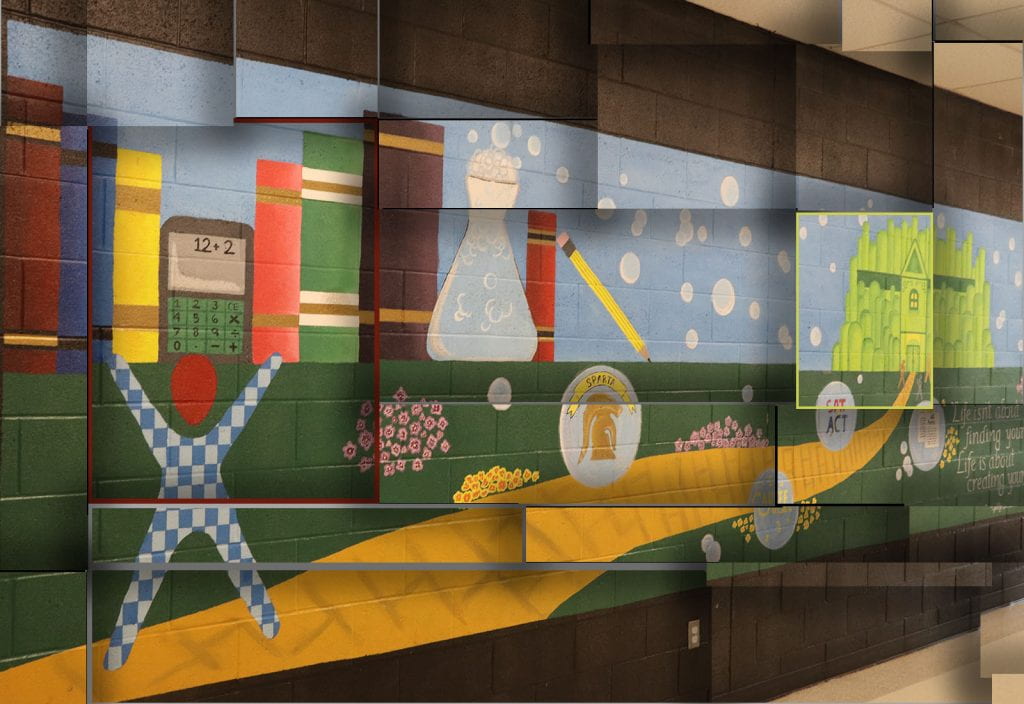
LOW KEY LIGHTING PORTRAIT OR STILL LIFE
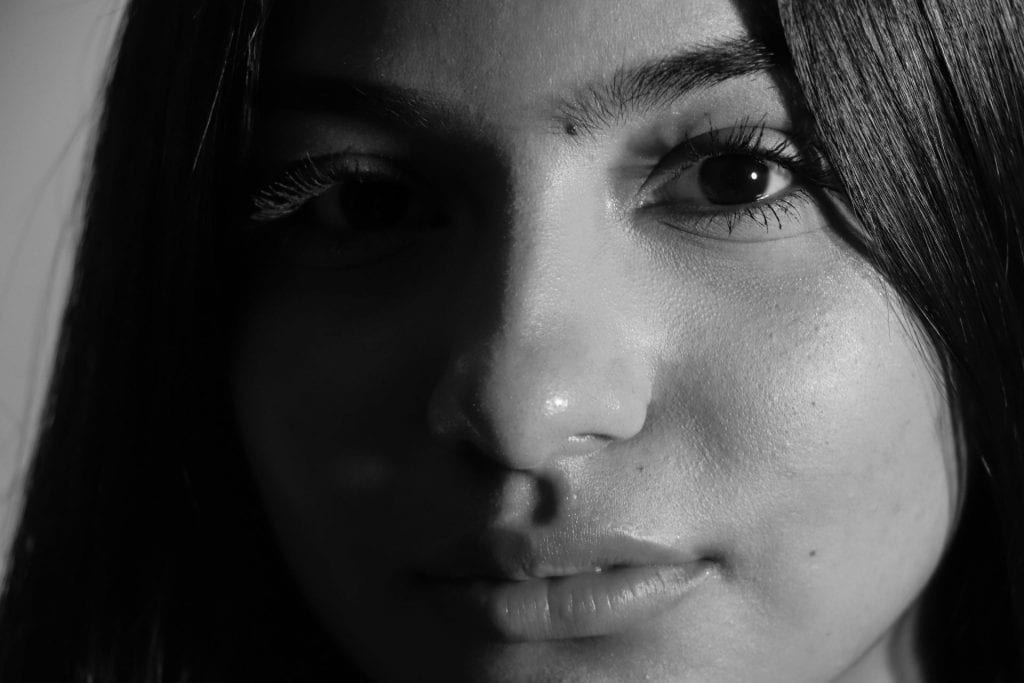
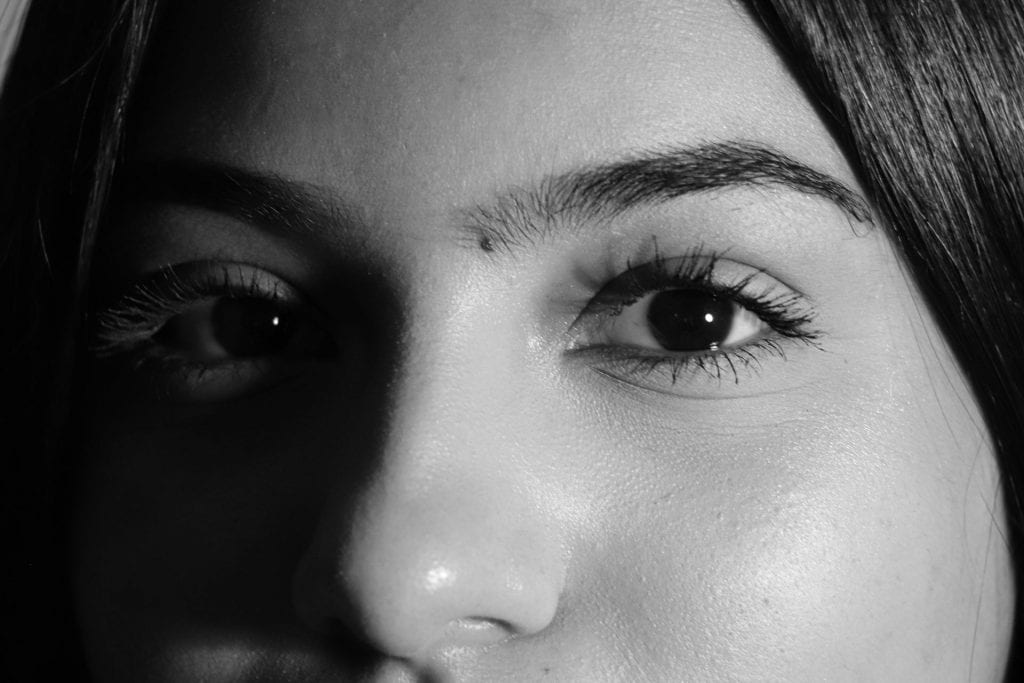
CUT AND PASTE COLLAGE

MIRROR IMAGERY
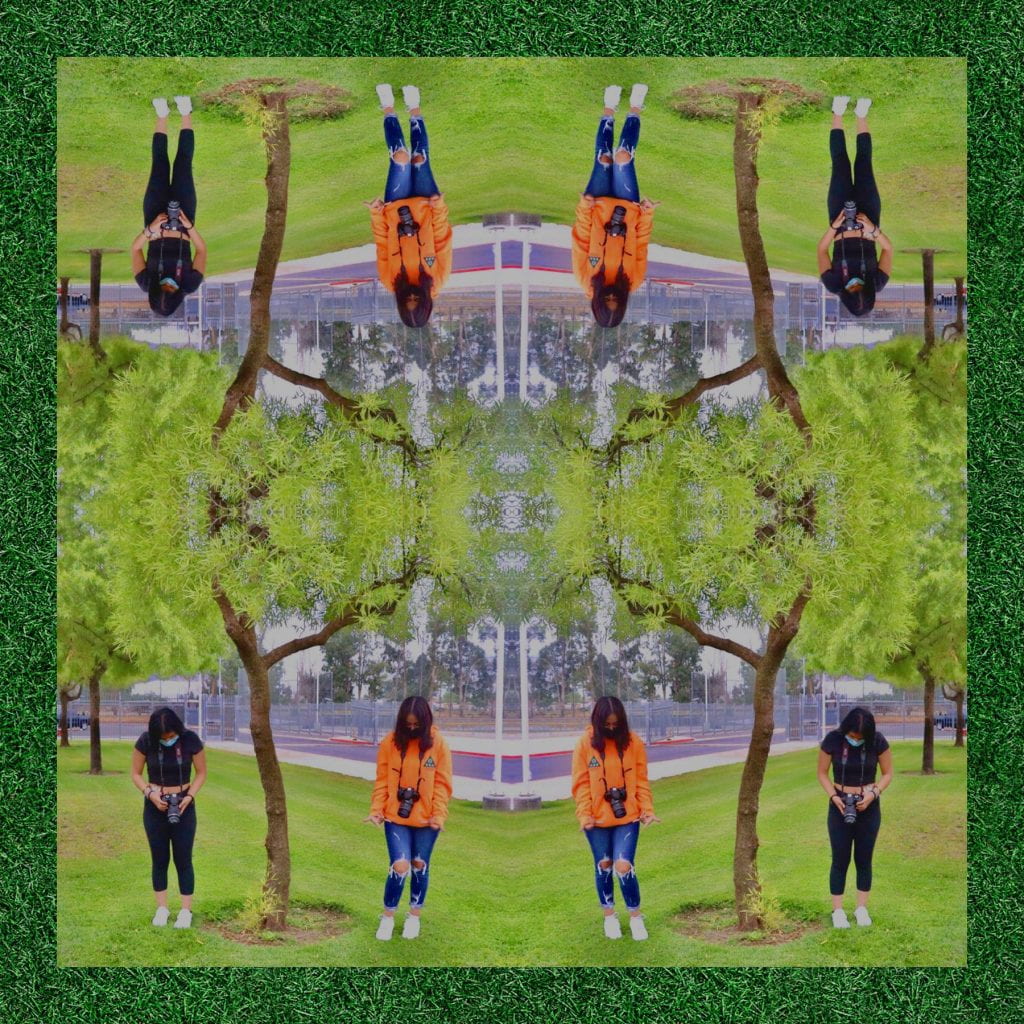
RAW VS. JPEG CAPTURE
There is a difference between RAW and JPEG. Usually when you capture it in a digital camera it will already be recorded as a raw data. The RAW is automatically set for the camera and don’t have tonal apply it, the file stores more tonal and color data. It gives more data stored in the file, which means that there is more processing flexibility than JPEG can offer. RAW lets you prepare how you’d like your image and there is less flexibility in how you can modify it. RAW has more options for correcting exposures issues.
JPEG is one that is already processed by your camera. The JPEG is straight out the camera and has already developed the camera image processor. The settings such as brightness, contrast, color saturation and even sharpening has already been applied. JPEG can be changed in an image editing application, it’s a compressed format designed to yield smaller file sizes. There is lot of tonal and color data that has been permanently discarded during the compression process. The result is a file with far fewer potential tonal values than would be possible in a raw file of the same scene. In conclusion, in photography we mainly use JPEG more than RAW.
MAN AND NATURE
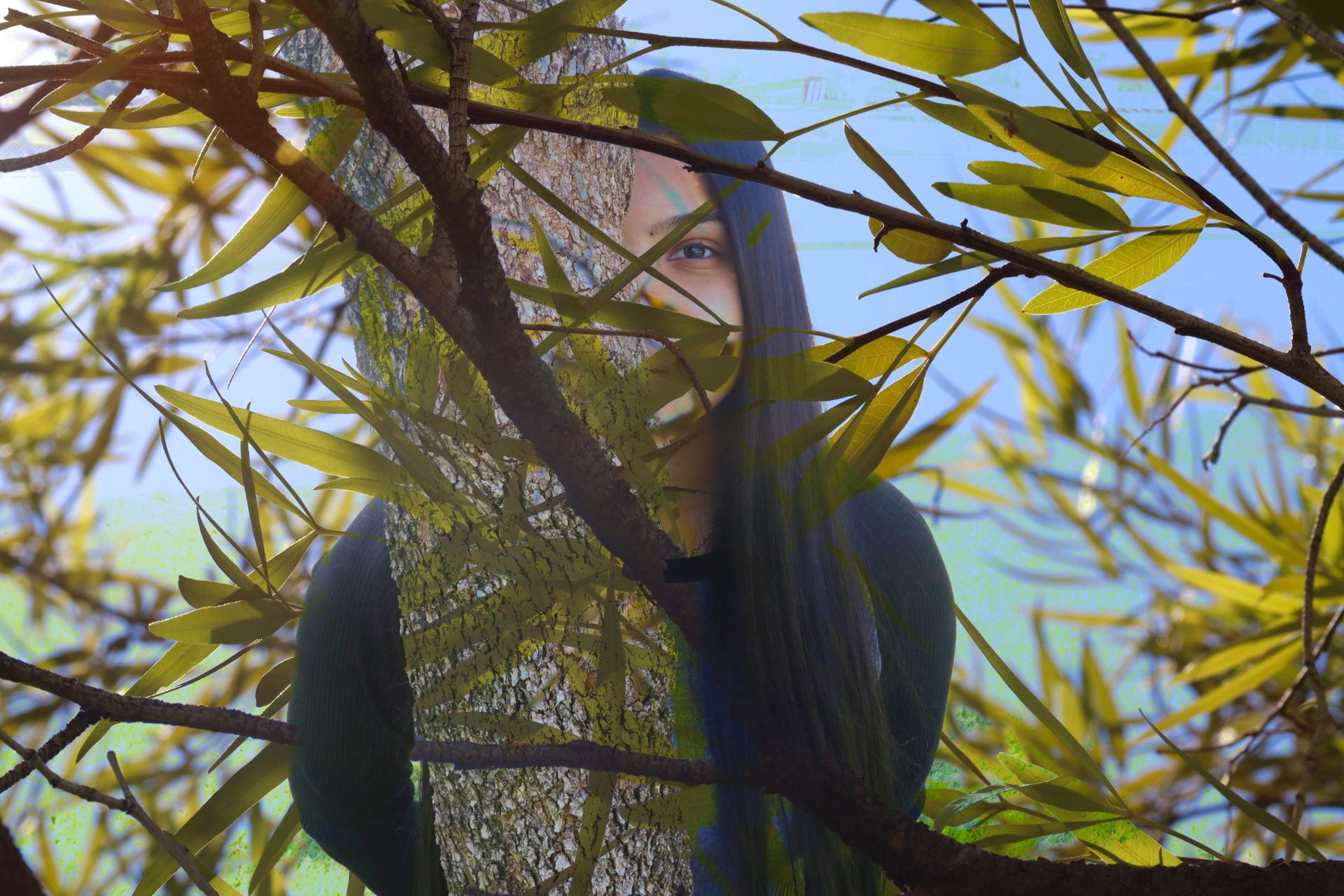
SHALLOW DEPTH OF FIELD


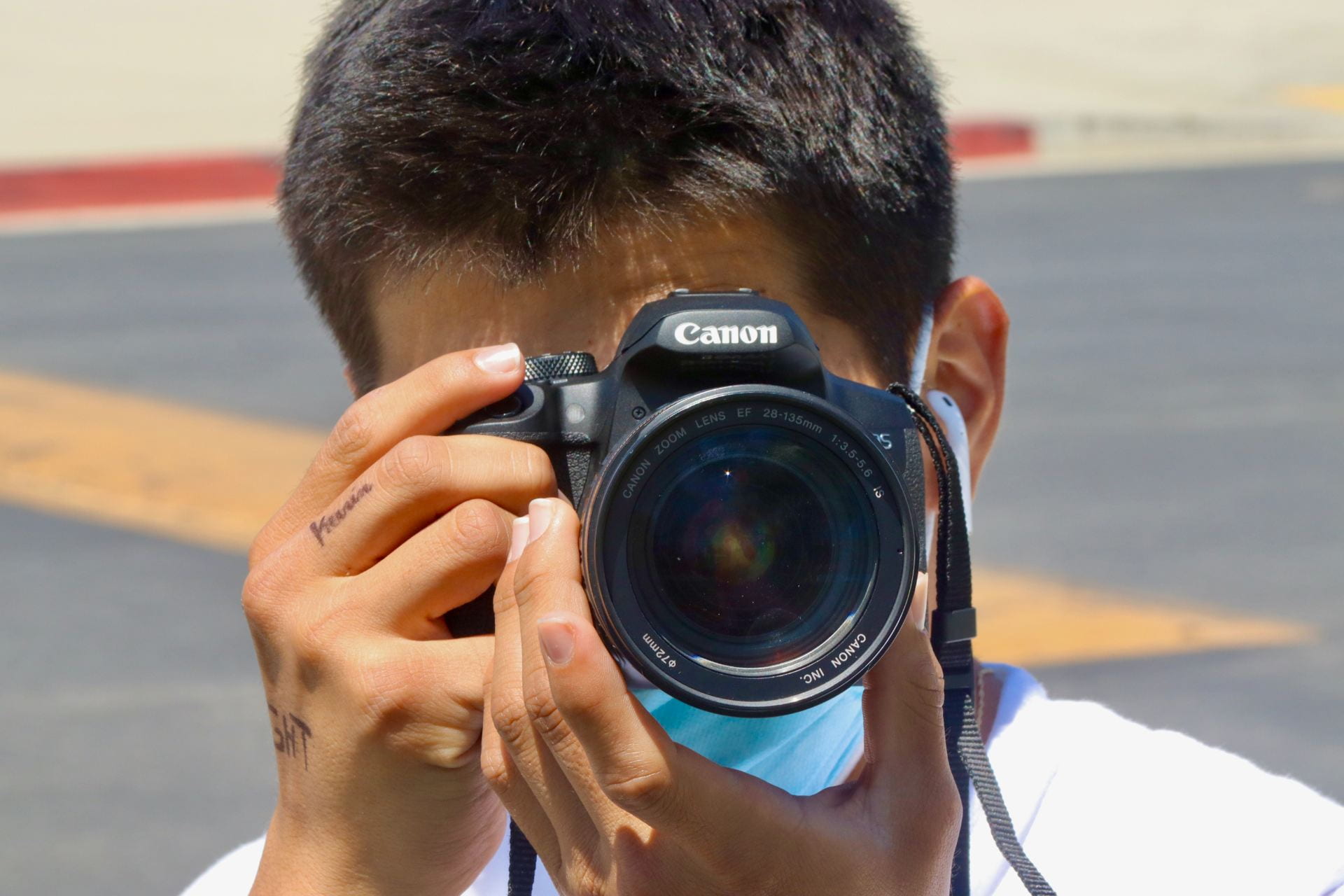
IMAGE PROJECTION

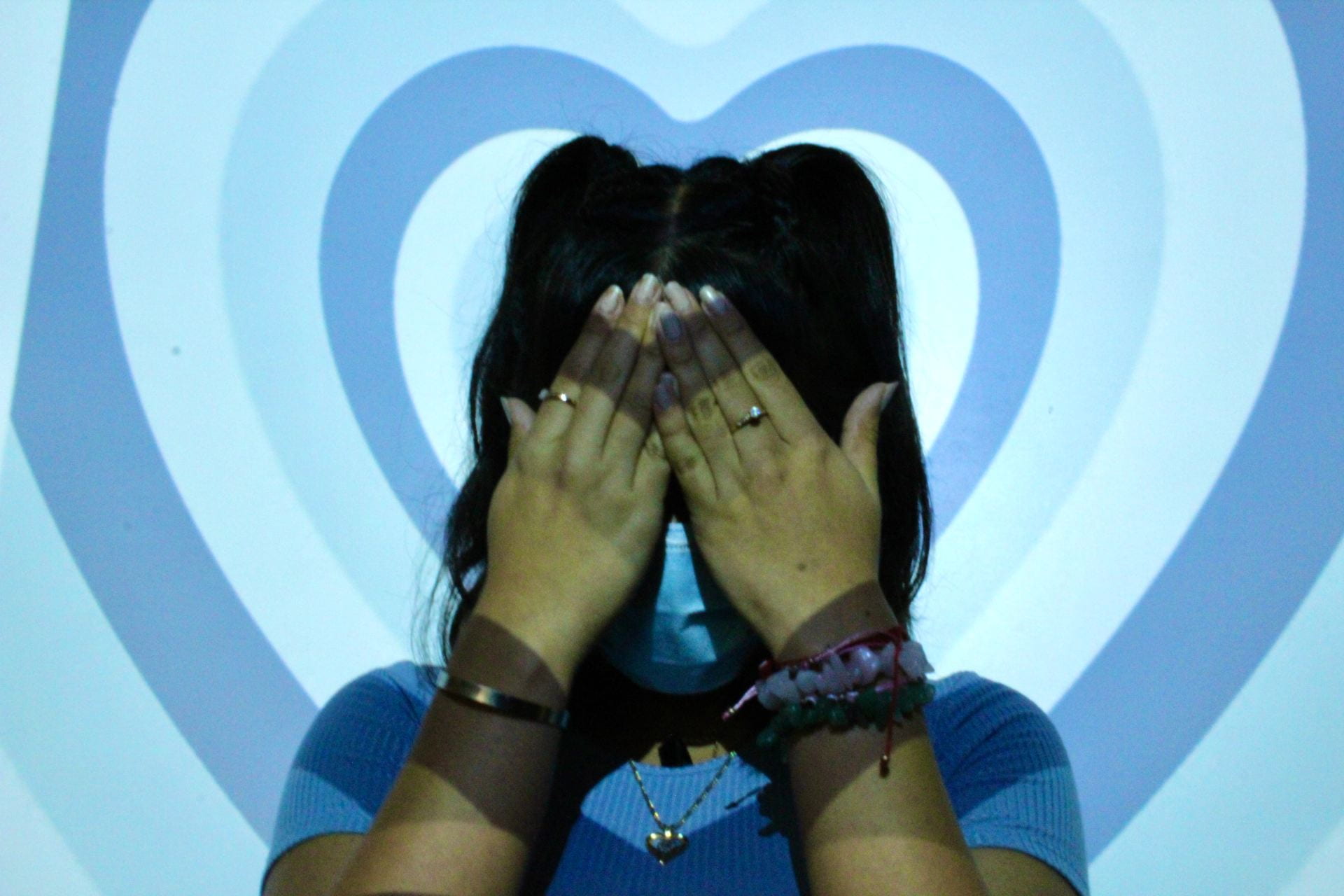
CAMERA EXPERIENCES

M, 1/15 sec, f 8/ 30mm , ISO 3200
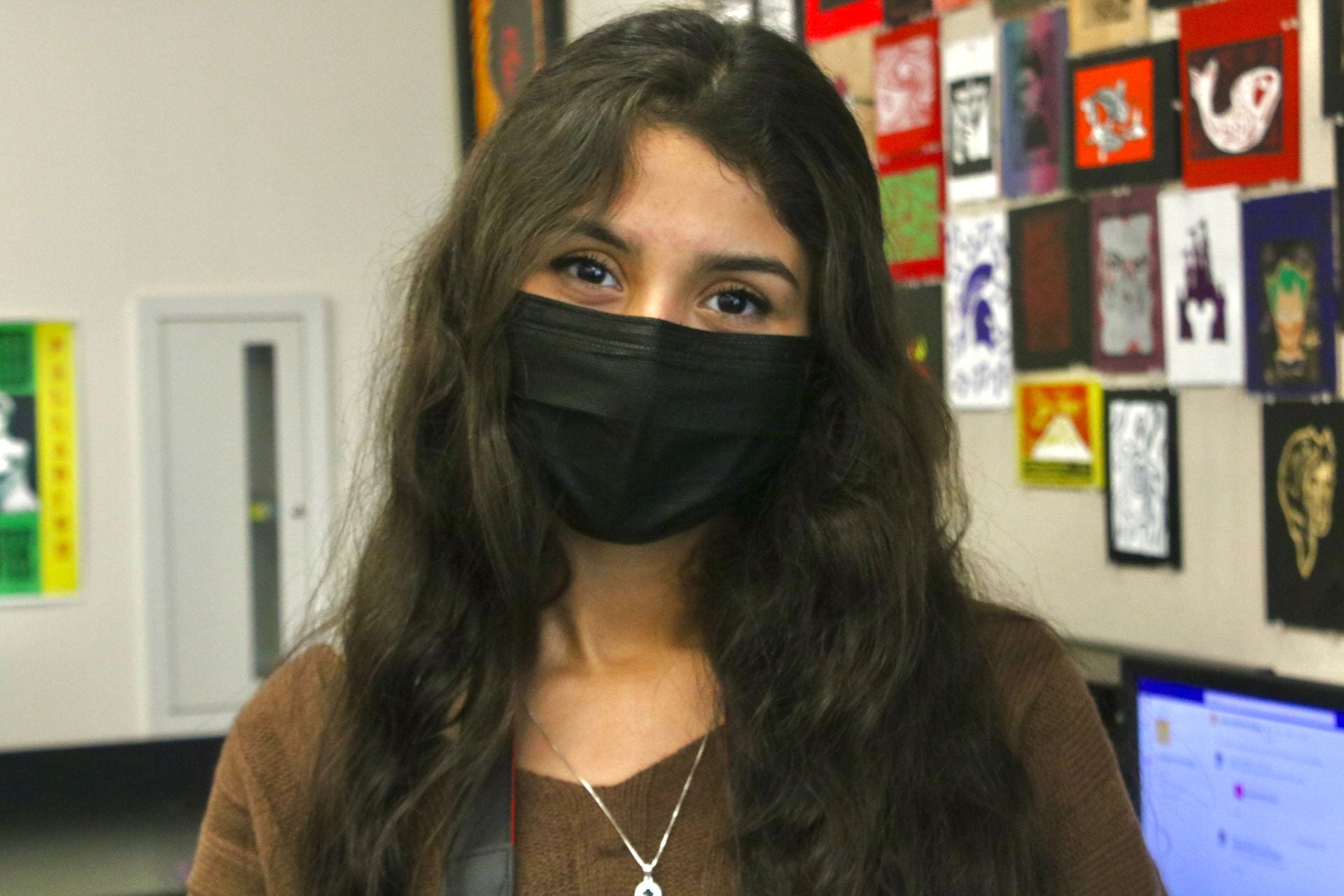
M, 1/50 sec, f/8 46mm, ISO 3200
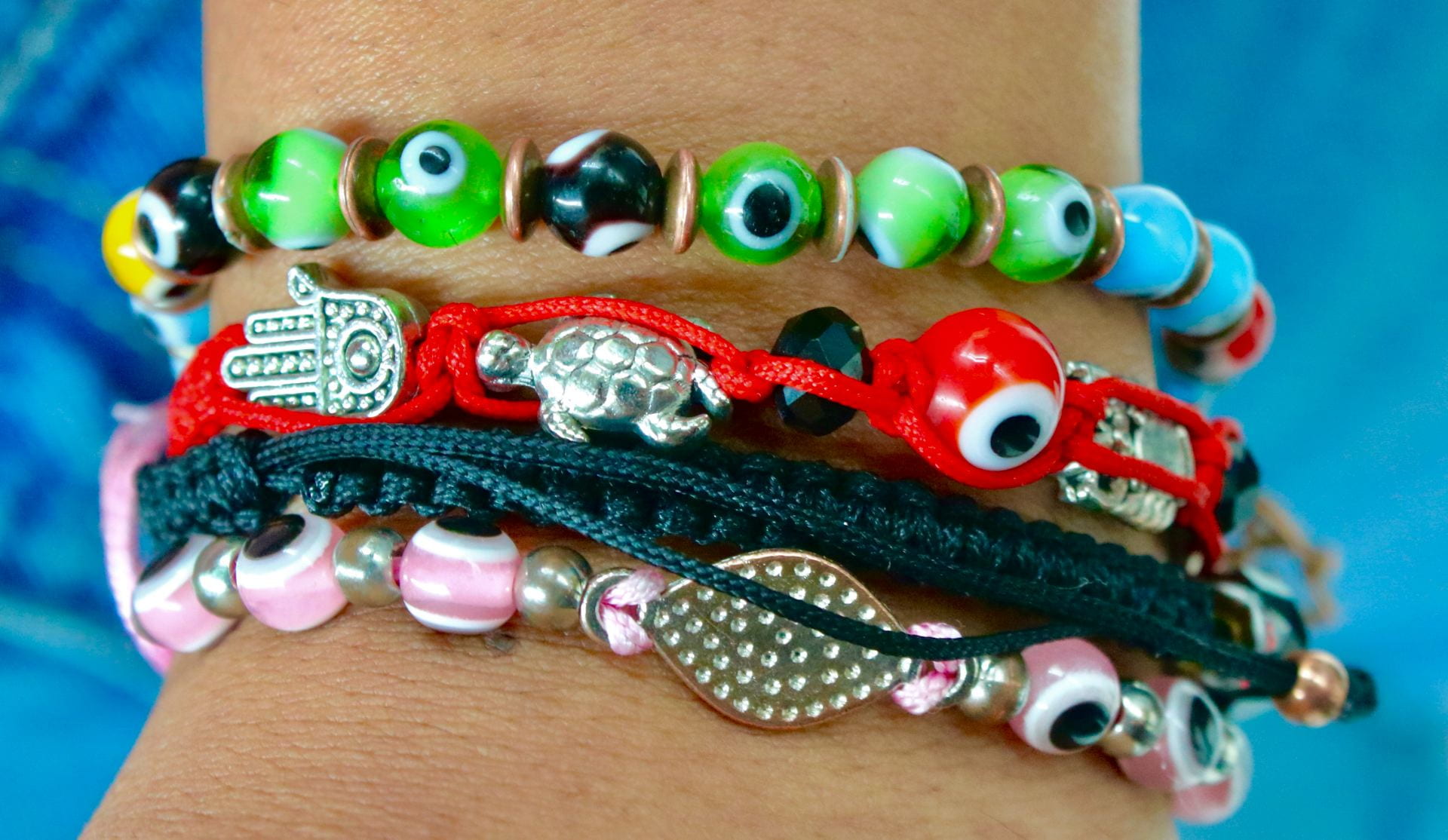
M, 1/60 sec, f/8 43mm, ISO 3200
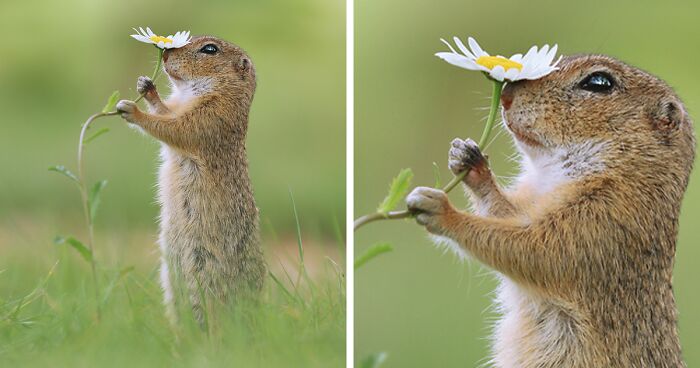 https://www.google.com/url?sa=i&url=https%3A%2F%2Fwww.boredpanda.com%2Fphotography-austrian-wildlife-animals-julian-rad-part-2%2F&psig=AOvVaw36gUeYWK7jTWG_TZG2660m&ust=1629514709958000&source=images&cd=vfe&ved=0CAgQjRxqFwoTCPCo673NvvICFQAAAAAdAAAAABAu%5B/caption%5D
https://www.google.com/url?sa=i&url=https%3A%2F%2Fwww.boredpanda.com%2Fphotography-austrian-wildlife-animals-julian-rad-part-2%2F&psig=AOvVaw36gUeYWK7jTWG_TZG2660m&ust=1629514709958000&source=images&cd=vfe&ved=0CAgQjRxqFwoTCPCo673NvvICFQAAAAAdAAAAABAu%5B/caption%5D
This photograph I got off the internet. I like this photo because it is absolutely adorable and has great texture. There is a full shot of the animal an a very close up one, which makes it seem like its somewhat smelling the flower, or playing around with it. You can tell in both of the photos it has a blur in the background and just focused on the animal and the flower. This is such a clear colorful shot. I also liked it because I thought it was cute, and it brings me joy.
What I learned about camera exposure and camera modes
This is the my understanding of aperture, shutter speed, ISO and camera modes. Aperture controls the area over which light can enter the camera, it is in terms of an f-stop value, the area of the opening increases as the f-stop will be decreasing. The shutter Speed controls the duration of the exposure, and the shutter speed is a powerful for freezing or exaggerating the appearance of motion. The ISO controls the sensitivity of the camera’s sensor to a given amount of light, low ISO is low image noise, if its high ISO you can see the pixels at a high image noise. There is many camera modes but one of them is good to use which is the manual mode one. In conclusion, this is what I know about the camera exposures and camera modes.



